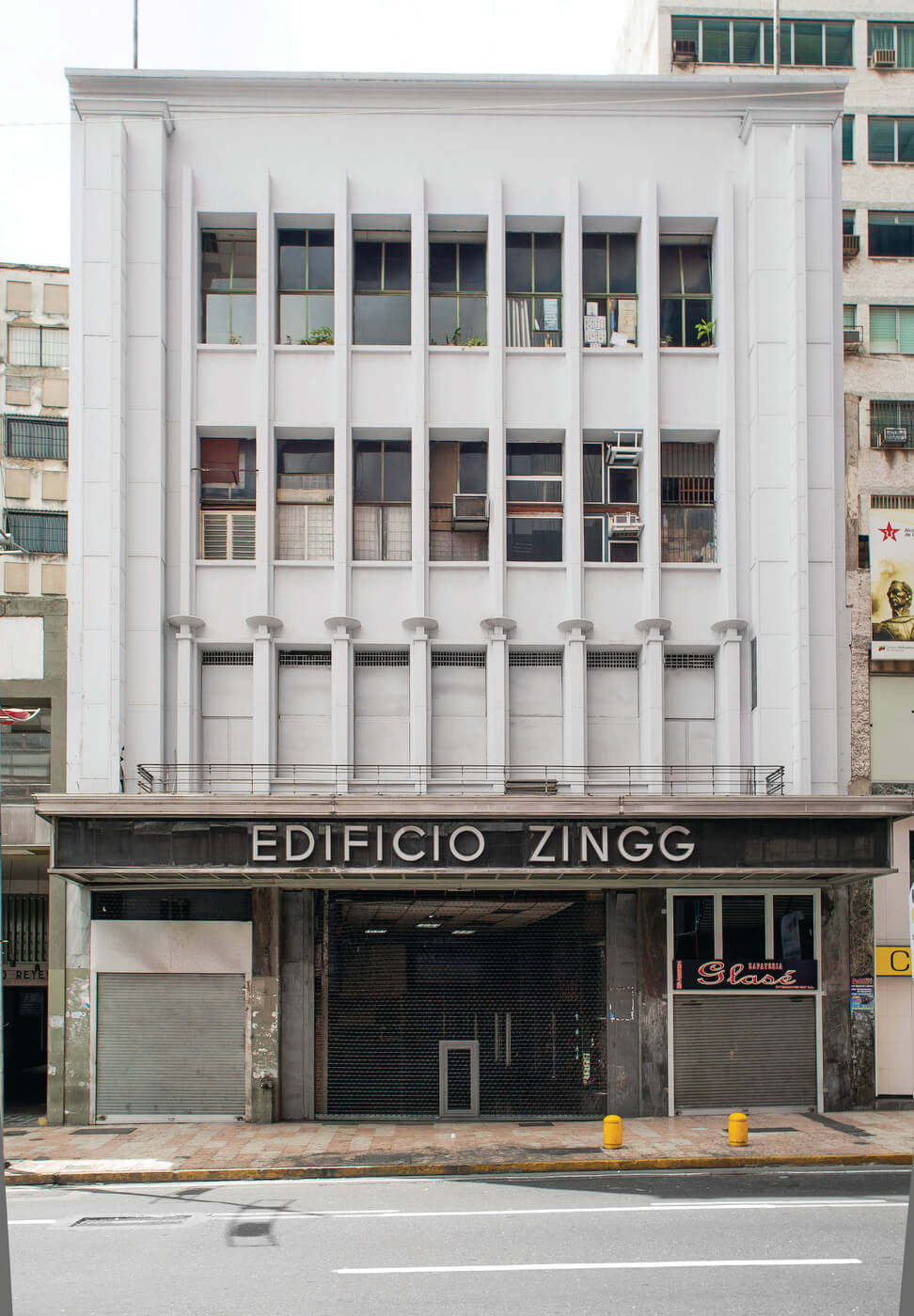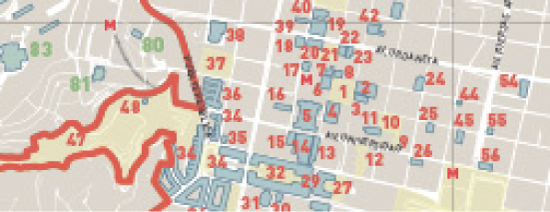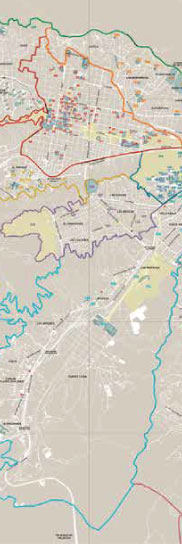JAC
The Zingg Passage was the result of an urban procedure that shook Caracas In the fifties. Gustavo Zingg and Co. commissioned the construction of its Caracas headquarters to engineer Oskar Herz in 1940. The Zingg Building, erected by Blaschitz Technical Office, was the first steel building in Caracas, designed to withstand earthquakes. In 1951 it was modified to adapt it to the construction of the Avenida Bolívar, an east-to-west axis that would change the city’s physiognomy. The reno-vation was carried out by Arthur Kahn, (a multifaceted architect, who was also a musician in Luis Alfonzo Larrain’s orchestra), who proposed a shopping passage connecting the city center with the new avenue. The project culminated in a Parisian-style shopping arcade, with two sections, the first, level with Avenida Universidad, and the second, lower level, connecting with Avenida Este 6. The upper area gets overhead light from a dome. To construct the two-level passage, the original building’s parking was used, and Caracas’ first mechanical stairs –made of wood – were intro-duced, and remain there today, characterizing this space. The advertising of the time promoted the Zingg Passage as a true shopping center, with forty of the most luxurious shops in Caracas. This strategy had great urban impact, generating a new public pedestrian way, and becoming an urban icon by the mid-fifties.
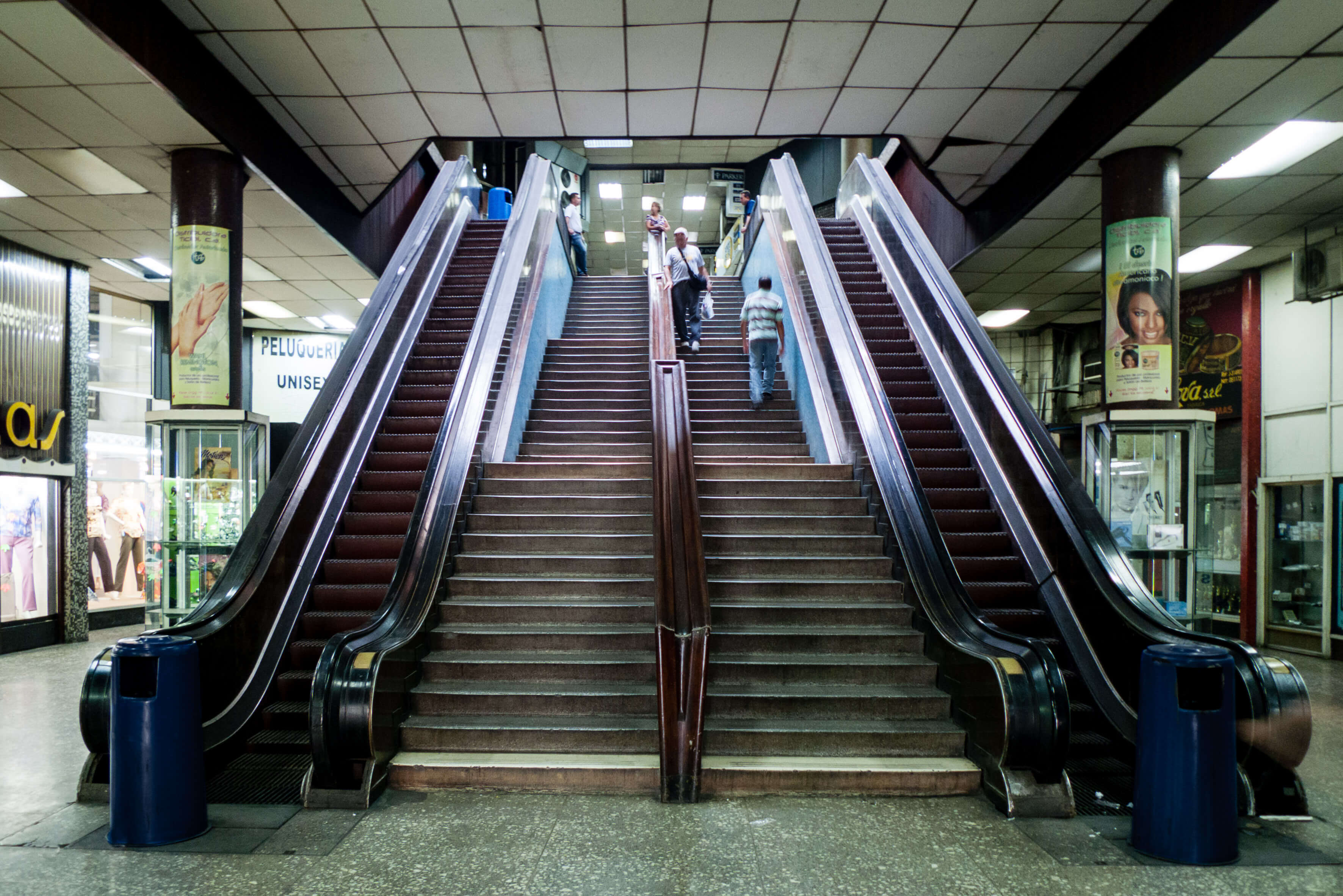
DDN
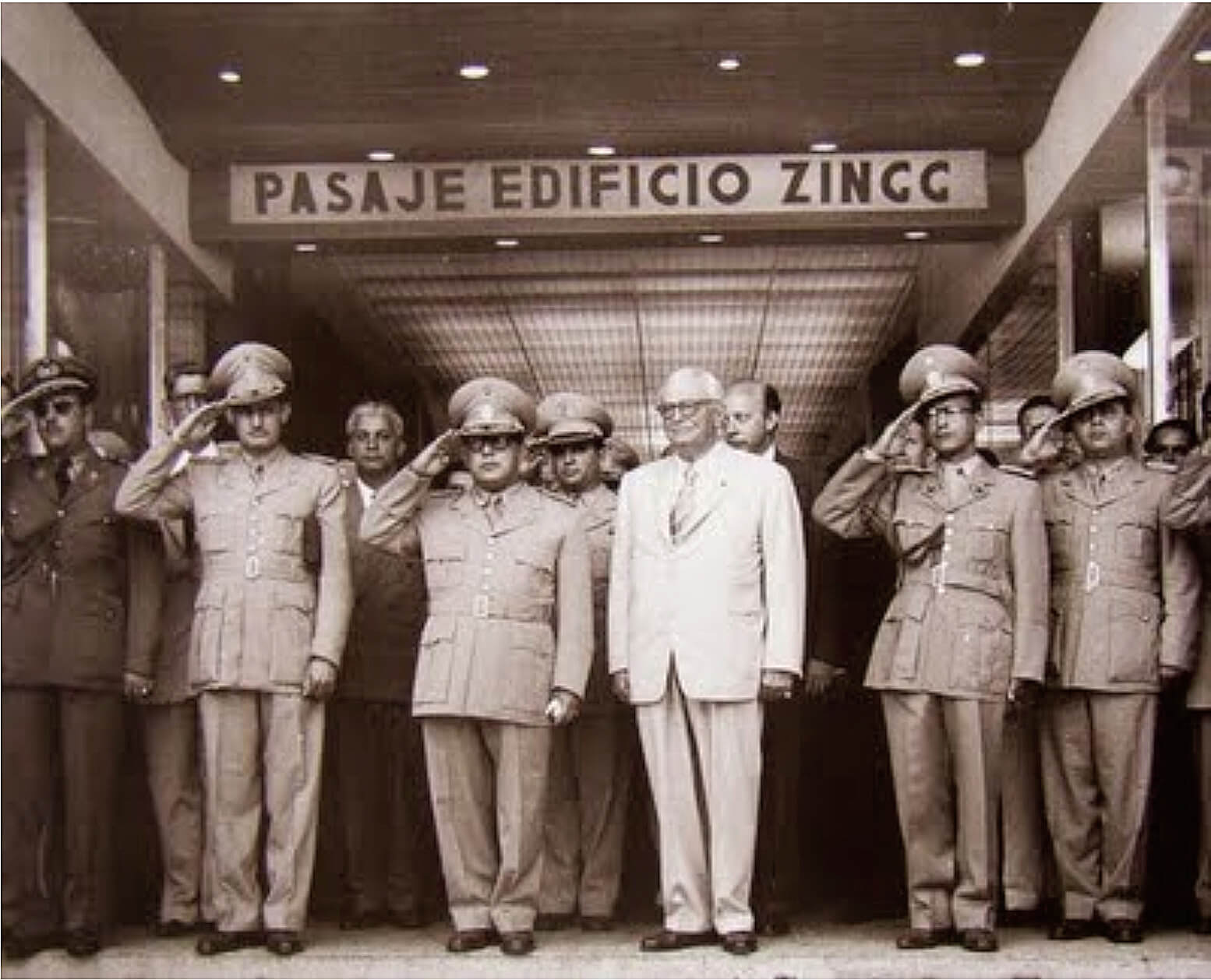
DF-14
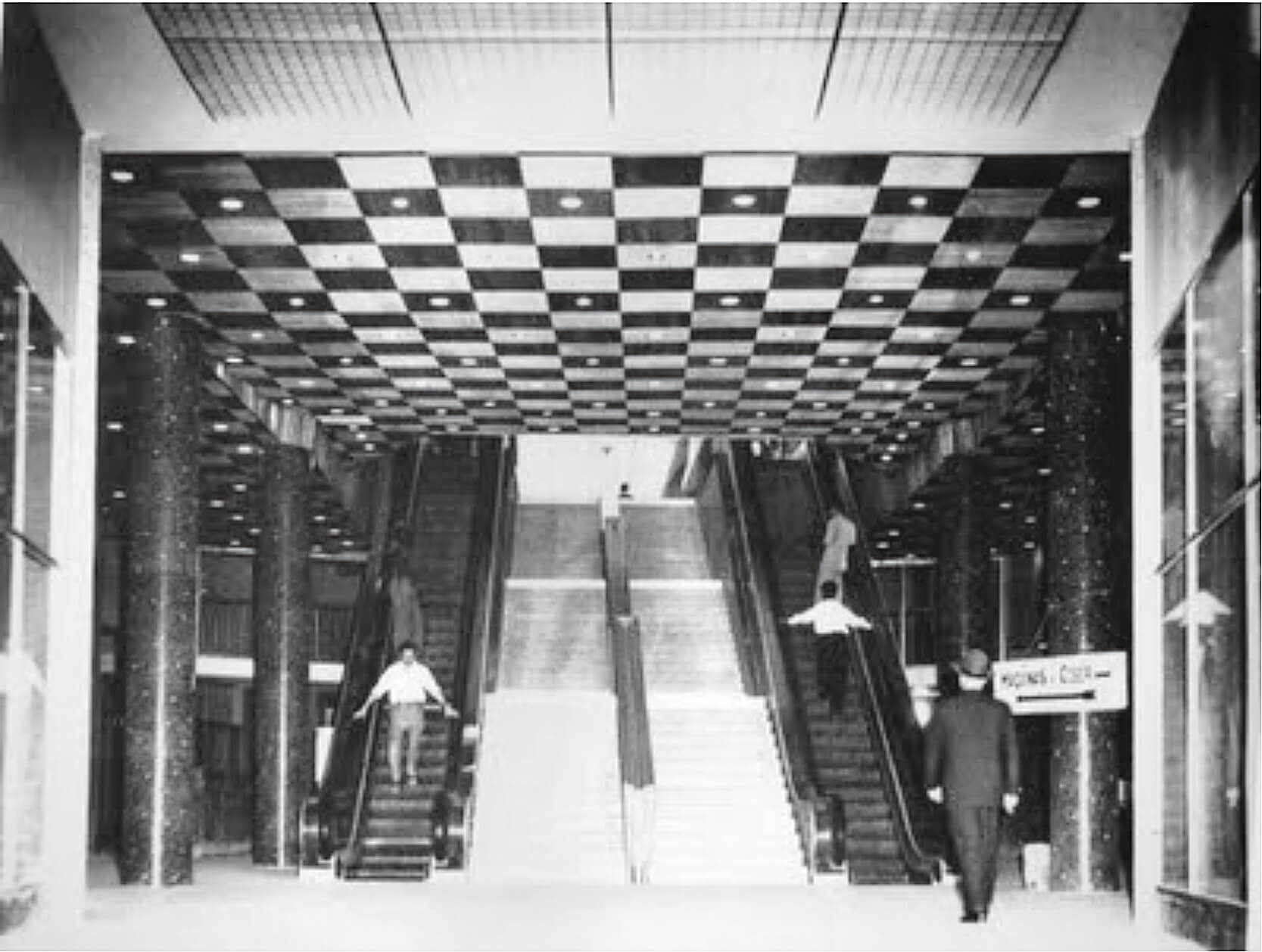
DF-15


